14. Symbol
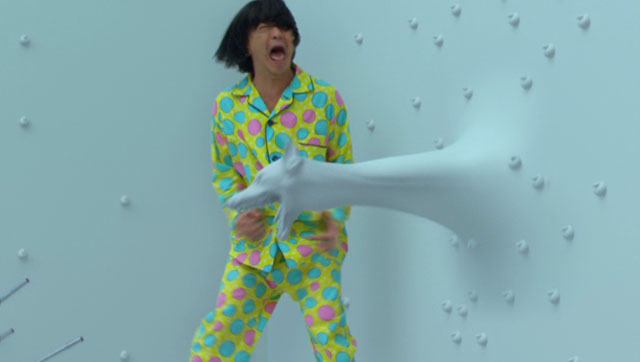
This Japanese fantasy flick might be the purest “single location” movie on our list. A man (Hitoshi Matsumoto) wakes up in a totally white room. On the far wall, what looks like a penis sticks out of the wall and a toothbrush appears out of nowhere soon after. What follows is a barely explainable chain-of-events as the man tries to escape the room.
Somewhere outside, a Mexican wrestler, Escargot Man (David Quintero), prepares for the match of his life. Part of the fun of “Symbol” is trying to figure out just how the hell those disparate parts connect. Writer, director, and star Hitoshi Matsumoto isn’t quick to provide answers, either. He’s more concerned with letting the weirdness wash over everything rather than explaining it.
15. Locke
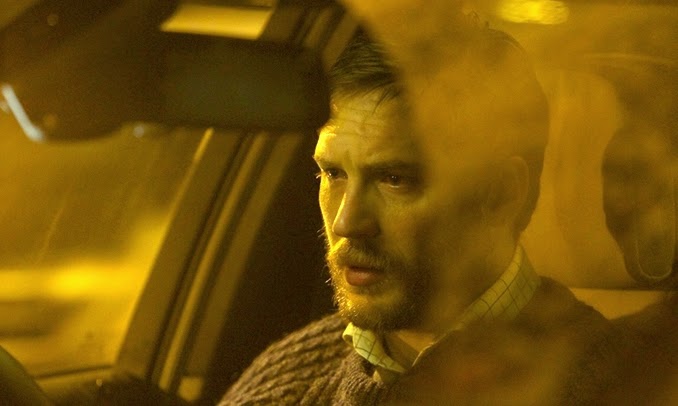
Tom Hardy too rarely gets to show his understated side. “Locke,” which follows Hardy as Ivan Locke, a wealthy construction foreman, as he drives home the day before a big project starts in Birmingham. His wife and kids expect him home to watch a football match, but Ivan has decided to be with his secret lover as she goes into premature labor.
What follows is a painful journey where Ivan’s life is picked apart piece by piece. Donning a Welsh accent, Hardy underplays beautifully here. Just as an example of his range, it would work, but it quickly becomes one of the best performances of his career. For a movie set completely in a car, making it riveting requires nothing less.
16. A Field in England
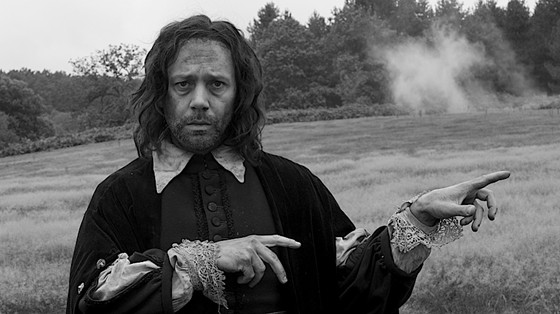
Set during the English Civil War, a band of deserters race through a dense field only to be caught by an alchemist. There’s treasure in the field, the alchemist tells them, and after drugging them with mushrooms, forces them to find that treasure. What follows is a hallucinatory trip through the thickest field in England.
Just like “The Witch,” “A Field in England” wrings its unique setting for all its worth, making it seem less like a field and more like the world. Or something beneath it. Wheatley’s previous horror effort “The Kill List” explored similar themes of deprivation and decay to great effect, but not with this kind of death and muted style. If anything, this movie shows that Wheatley may one day deserve a place in the annals of horror.
17. Buried
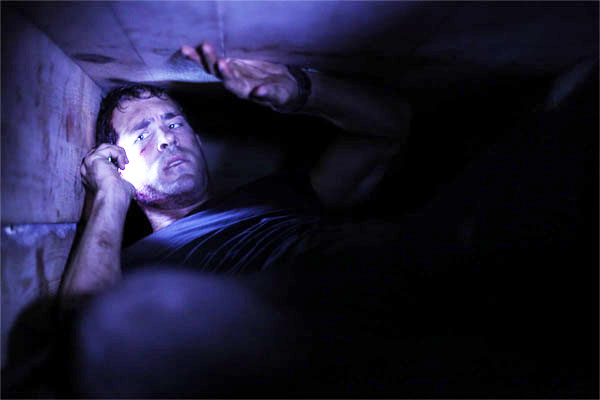
Outside of the indie scene, Ryan Reynolds doesn’t get to show his chops often. Often typecast as the charming elitist rascal, Reynolds proved with “Buried” that that’s not entirely fair. He plays a civilian truck driver in Iraq who wakes up buried in a coffin, tied up and with a lighter and a phone. His kidnapper, Jabir, calls him and makes demands: pay $5 million dollars as a ransom or be left to die in the coffin.
It’s astonishing how much director Rodrigo Cortés gets out of this premise. 95 minutes in a small coffin is a long time in the wrong hands, but, centered on Reynolds’ strongest performance to date, that time flies by.
18. Night of the Living Dead
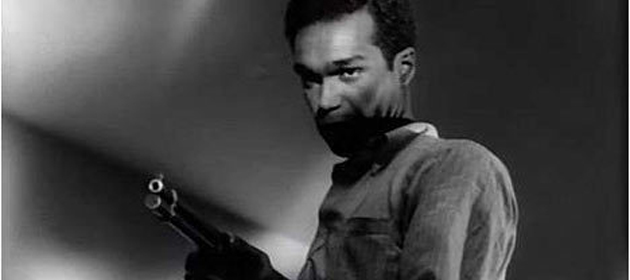
Let’s get something out of the way: there were movies about the undead before “Night of the Living Dead,” but there weren’t zombie movies. This horror classic kickstarted one of the most influential horror subgenres in history. Not to mentionSure, it was George A. Romero’s first movie, but he’s assured in his vision.
On an annual visit to their father’s grave, siblings Barbra (Judith O’Dea) and Johnny (Russell Streiner) are attacked by a wild man (Bill Hinzman). Johnny is killed, and Barbra escapes to a nearby farmhouse where she meets Ben (Duane Jones).
Harry (Karl) and Helen Cooper (Marilyn Eastman) come up from the basement sometime after, saying their child Karen (Kyra Schon) is sick. Teenage couple Tom (Keith Wayne) and Judy (Judith Ridley) cap the cast. As the zombie horde increases outside, the groups goal is to make it through the night.
Using low quality 35mm cameras, crewed by close friends, and cast with local actors, “Night of the Living Dead” has a tough-to-match verisimilitude. That is undermined, however, by some clumsy blocking and hammy acting, but the influence is impossible to deny. Romero understands that the true horror of “Night” isn’t in the zombies, but in the people. The flesh eating menace is only a way to strip the characters to their bare essentials and see whether they’ll flee or fight. Still today, it’s exhilarating to watch.
19. Red Eye
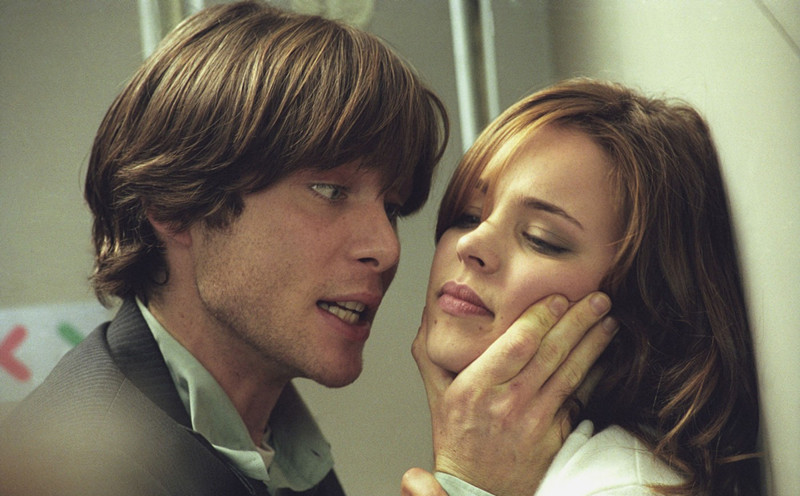
Above George A. Romero, however, has to be Wes Craven. Over a 40-year career, Crave has probably had the biggest effect on modern horror. His filmography is a long list of classics: “Last House on the Left,” “The Hills Have Eyes,” the “Nightmare on Elm Street Series,” and “Scream.” Beyond those, however, Craven made some more understated pictures. “Red Eye” is just such a picture.
Lisa (Rachel McAdams) catches an overnight flight home to Miami. Jackson (Cillian Murphy) is her row mate for the flight. He’s at first pleasant, but once the plane takes off, Jackson takes her hostage. Jackson knows that Lisa manages the hotel where, on a visit, the Deputy Secretary of Homeland Security is staying. If she doesn’t help him, he will kill her father.
Wes Craven gets to strut his stuff here. Thanks to his deft direction, the plane feels like a space massive and tiny all at once. Even moving from Lisa and Jackson’s seats to the aisle feels like a respite. Be warned, that doesn’t happen often, but when it does, “Red Eye” takes off.
20. 1408

Like “Coherence,” it’s not technically right to say “1408” occurs in one place. It takes place in one hotel room, number 1408, which is said by the hotel’s proprietor Gerald Olin (Samuel L. Jackson) to be an evil place.
Mike Enslin (John Cusack), the skeptical paranormal author at the movie’s center, is on the heels of a new book release, separated from his wife after their daughter Katie’s (Jasmine Jessica Anthony) death, and questioning his worth as an author. When he receives a letter from The Dolphin hotel telling him “Don’t enter 1408” he takes it as a challenge. With some resistance from Olin, Enslin books one night in the room.
“1408” relies solely on psychological horror, using the supernatural stuff as a supplement to that. Cusack turns in a strong performance as Enslin, proving that he could carry a movie alone. Although, as always, Samuel L. Jackson adds unsettling quietude as Gerald, the maybe-real maybe-not seer of The Dolphin.
Despite its weighty themes and dark characters, “1408” maintains the slick sense of humor that characterizes Stephen King’s work. Even a decade after its release, the movie proves that, when someone tells you that a hotel room is haunted, it’s wise to take their word for it.